
IMMODERATE EXCESS
China's latest large-scale governance of overcapacity happened after the world financial crisis in 2008, which was followed by a slack economic recovery and a new round of investment plans.
According to MIIT data, output totaling 720 million tonnes resulted in a loss of 28.92 billion yuan (4.67 billion U.S. dollars) for the country's iron and steel industry in 2012.
This was not a special case. In 2012, 93 percent of electrolytic aluminum enterprises suffered losses, considering the gap of 7 million tonnes between the industry's real output and capacity, MIIT said.
MIIT Minister Miao Wei regarded "moderate excess" as tolerable in economic growth, but warned of inappropriate overcapacity in some industries.
Feng pointed out that the phenomenon is becoming widespread.
Zhang Ping, former head of the National Development and Reform Commission (NDRC) , China's top economic planner, said the overcapacity problem is especially serious in traditional sectors like steel, cement, electrolytic aluminum, sheet glass and hard coke.
A capacity utilization of less than 70 percent is dangerous and could trigger vicious competition, Miao alerted.
A safe capacity utilization rate falls between 80 and 85 percent. Some industries in China have maintained a rate of just 70 to 75 percent.
China's struggling photovoltaic (PV) industry has had a capacity utilization rate of less than 60 percent.
After suffering from slumping demand and declining polysilicon prices, orders for Chinese PV equipment slumped 80 percent year on year in 2012, according to the China PV Industry Alliance.
Up to 90 percent of Chinese polysilicon makers halted production and 80 percent of solar panel producers shut down or sharply reduced output, the alliance said.
The situation became even worse following EU anti-dumping and anti-subsidy investigations targeting China's PV market.
Feng said the excess capacity problem cannot be solved by economic expansion, a fact that will make it more complicated to solve the problem.



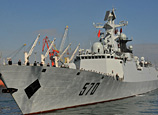

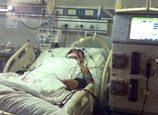
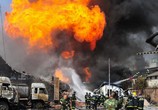
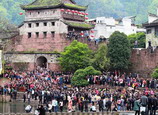


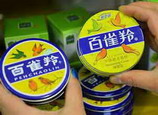







 Bird flu takes toll on poultry industry
Bird flu takes toll on poultry industry


![]()
